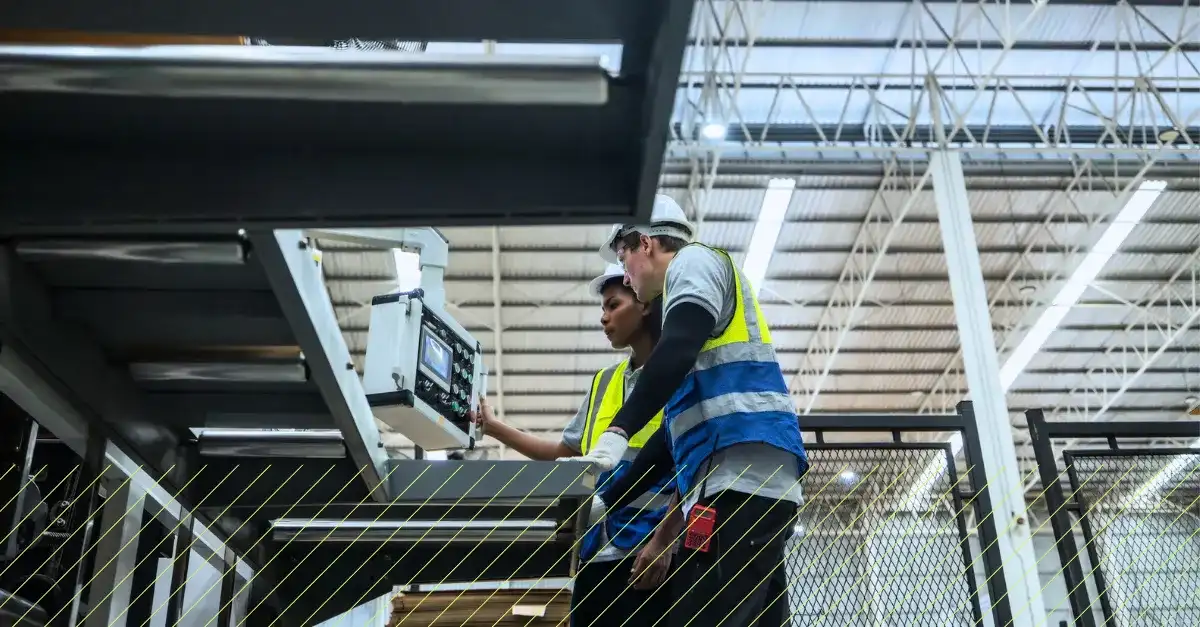👉 Download your free Employee Development Plan Template (.pdf)
Employee development =
"Delivering the resources, support, and feedback that your teams need to improve the skills and competencies they need to do their job in the best possible way"
Employee development vs. skills shortages.
Why should you care?
The manufacturing industry is currently dealing with a high rate of turnover - companies are struggling to hold on to employees and skills shortages are very common.
These skills shortages and retention issues are very often related to the level of employee development at the company, according to several studies.
→Employee retention rates are a whopping 34% higher in
companies that invest in training and skills development.
Okay cool, that's convincing.
But how should you approach the practical elements of initiating and following through with this process?
What is an employee development plan?
Employee development plan =
"A collaborative tool to visualize individual employee growth within their role in the organization. Use it to define a series of goals and start essential conversations about skills development throughout an employee’s time at your company."
Usually an employee development plan would include the following elements (but inevitably, this varies a lot depending on the company, industry, and team).
Want to get started with your free template?
👉 You can download your free Employee Development Plan template here.
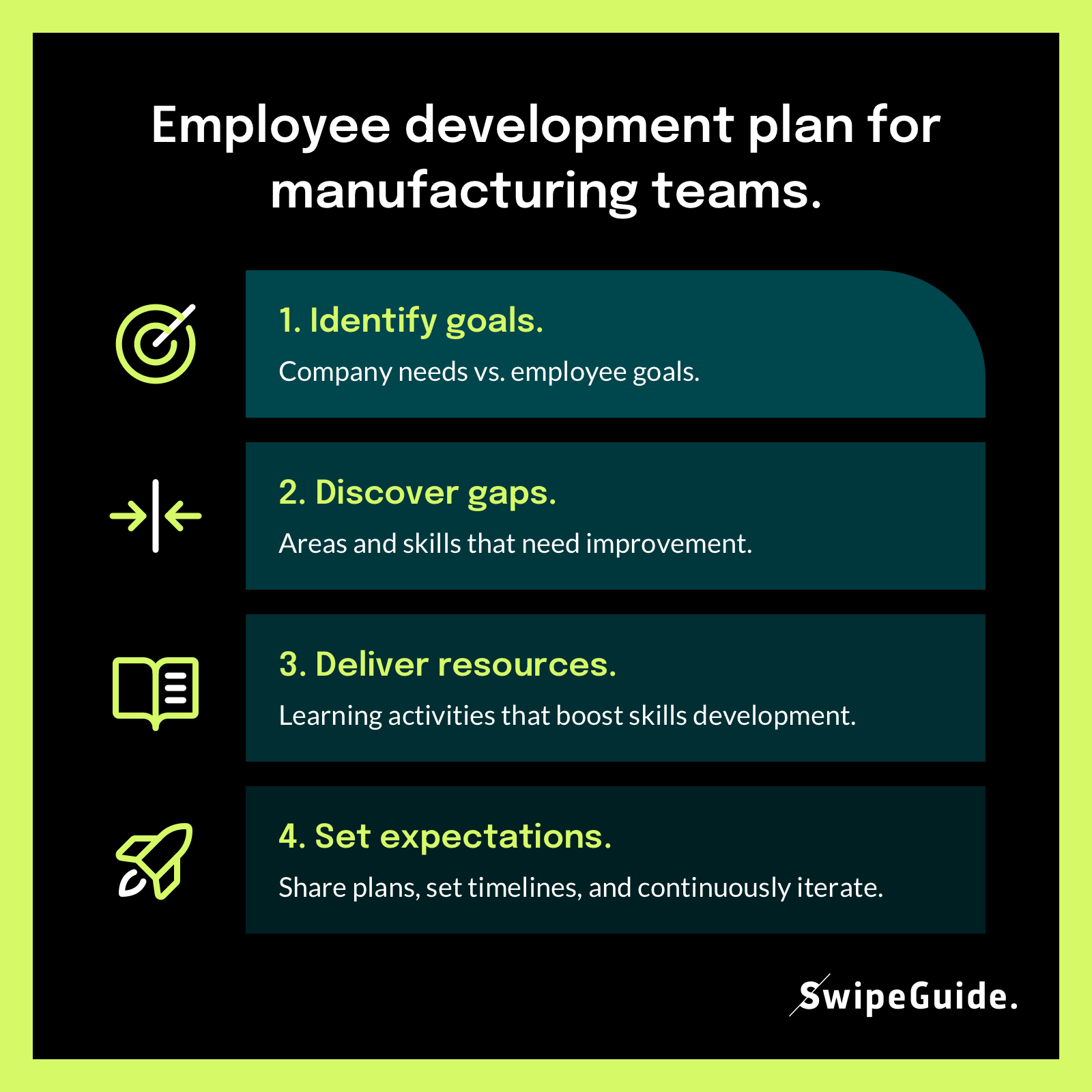
Creating an employee development plan.
There are 4 steps involved in creating a basic employee development plan.
1. Define goals and highlight strenghts.
This process should follow a two-fold approach - the company needs vs. individual needs. Ideally, these should match. It's also a great time to define what your employees are good at! Where do they shine in their work?
A. Define company needs.
- Which roles and responsibilities currently exist within the production environment? Don’t just think about the here and now - plan for where you want to be in 6 months to a year.
- What KPIs and targets can you meet by closing gaps and upskilling employees?
- Which processes need to improve?
B. Understand employee goals and strengths.

💡 When comparing needs and goals, try to be as objective as possible. Even people that seem apathetic or demotivated can be ambitious and hungry to grow. Give everyone equal chances without judgement and prejudice!
2. Discover gaps.
The next step is to identify the areas that need improvement and set clear goals for development.
A. From your organization's perspective.
- Which areas in your production environment are currently lacking in skilled workers?
- What skills need further development?
- Where do you see increased product errors, downtime, or waste?
B. From your employee's perspective.
- What skills do they already possess that need improvement?
- What processes and tasks in their regular work environment are challenging or error-prone?
- Where would they like to be in the future?
- What would they like to achieve professionally while working in your organization?
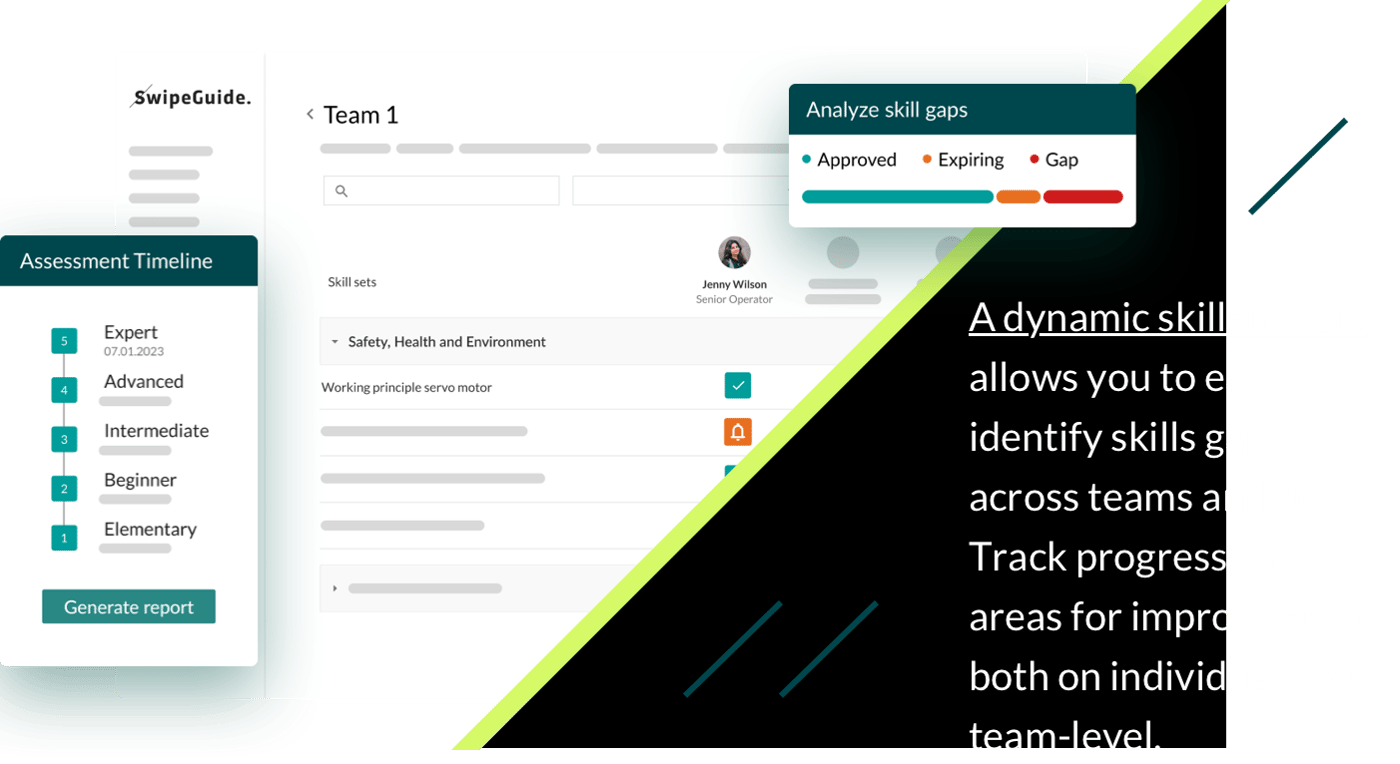
3. Deliver skill-based learning content.
Probably the most crucial part of your employee development plan is the learning content and activities that will help your team develop their skills in the flow of work.
Some things to keep in mind:
- Type of learning: On-the-job? With a trainer? Self-directed?
- Duration of learning: How time/cost intensive is it?
- Connection to skill and role: How can you make it skill-based?
- Connection to process: Can you connect it to instructional how-to?
- Assessment: How will you make sure people are skilled after completion?
- Responsibility: Who will be responsible for creation and assessment?
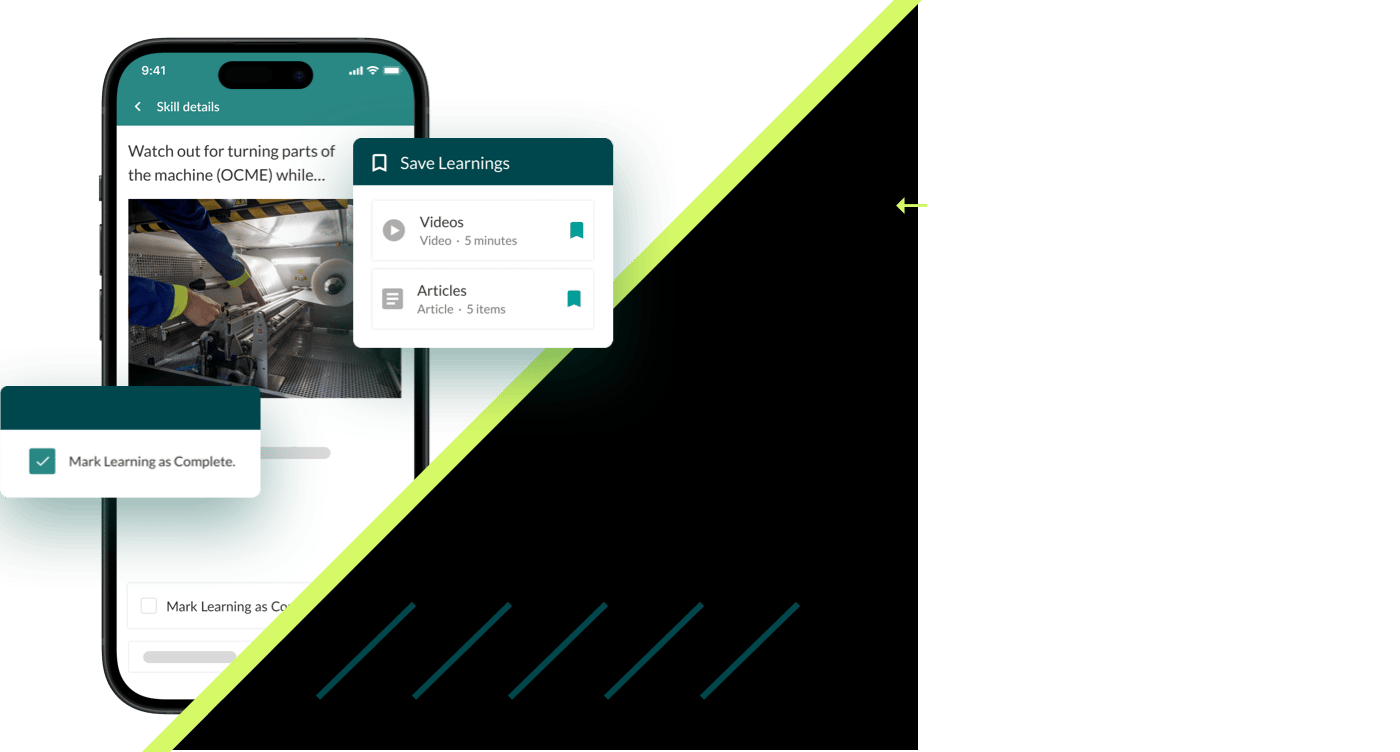
4. Share the plan and set timelines and expectations.
Once you have your goals, gaps, and resources identified - it’s time to share your Employee Development Plans with team members.
- Clearly communicate the intent: this is for them, not you.
- Set realistic timelines to reach each milestone.
- Make sure it's scalable and easy for you to manage.
- Continuously iterate and improve.
- Schedule regular check-ins to assess progress.

💡Employee development should not be focused on managerial control. Rather, focus on empowering and motivating employees to own their own skills development and professional growth.
Make it actionable.
Often, frontline teams aren’t given the tools they need to make their own development a realistic or attainable goal.
Smart Skills by SwipeGuide is built for frontline employees develop their skills in a self-directed way, on-the-job. The tool is also handy for managers and supervisors to keep track of skills across teams and lines.
Learn more about employee development:
→ Download the Skills Matrix Playbook

![5 Tips to Optimize Your Skills Assessments for Manufacturing [Template]](https://www.swipeguide.com/hubfs/SwipeGuide_March2025/Images/Blog%20Header%20_%20Skills%20assessment%20template%20V1-1.png)
![Employee Development Plans Boost Frontline Retention [Template]](https://www.swipeguide.com/hubfs/SwipeGuide_March2025/Images/Employee-Development-Plan.webp)








